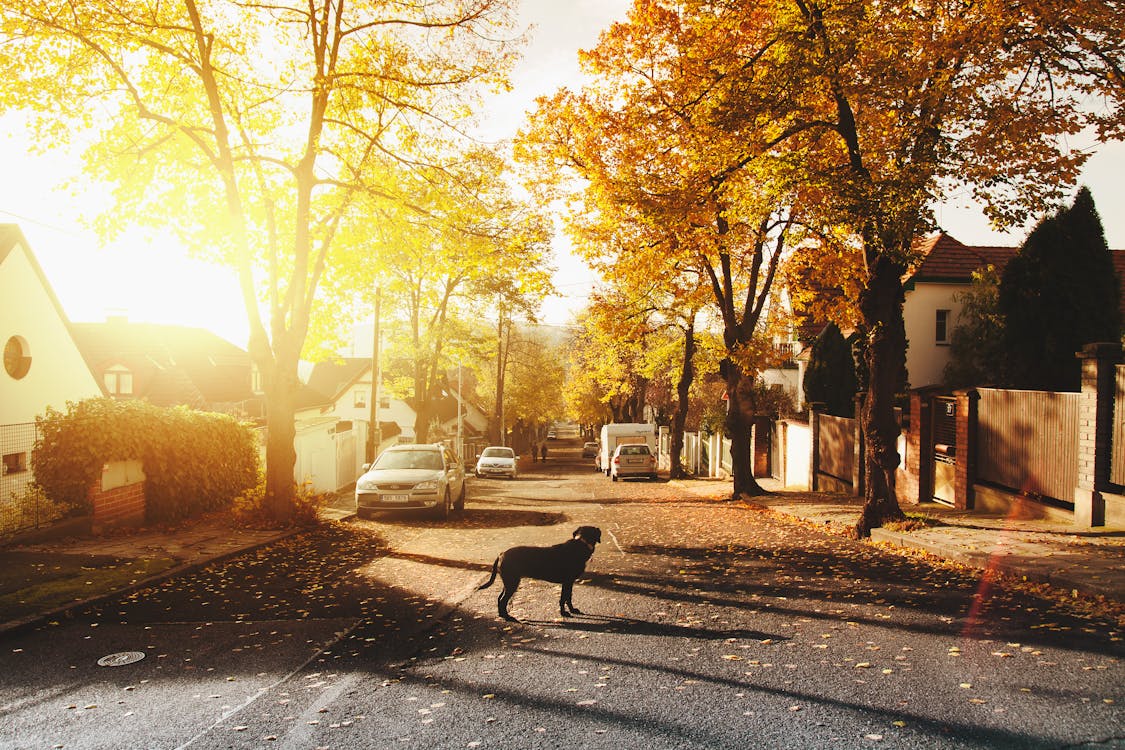The Hidden Value of Neighborhood Choice

When it comes to real estate, the age-old adage “location, location, location” holds more weight than ever. For sellers, understanding the hidden value of neighborhood choice can significantly impact the sale price and marketability of a property. While many homeowners focus on the aesthetics of their property or the latest renovations, the neighborhood itself often plays a crucial role in determining a home’s true worth.

The Impact of Neighborhood on Property Value
The value of a home is intrinsically linked to its surroundings. Buyers are not just purchasing a house; they are investing in a lifestyle and community. Factors such as proximity to schools, parks, shopping centers, and public transportation can elevate property values. Homes in desirable neighborhoods often sell for significantly higher prices compared to similar homes in less sought-after areas.
For sellers, this means that choosing the right neighborhood can lead to increased interest from potential buyers and ultimately drive up sale prices. A home located in a thriving community with excellent amenities will attract more attention than one in an isolated or declining area.

The Role of Schools
One of the most influential factors affecting neighborhood desirability is the quality of local schools. Families often prioritize access to reputable educational institutions when searching for homes. Properties located within high-performing school districts tend to appreciate faster and maintain their value over time. Sellers should highlight any proximity to well-regarded schools when marketing their homes, as this can be a significant selling point.

Community Amenities
Neighborhood amenities play a vital role in attracting buyers. Parks, recreational facilities, shopping options, and dining establishments contribute to a community's appeal. Buyers are increasingly looking for neighborhoods that offer convenience and lifestyle benefits. As a seller, showcasing nearby amenities can enhance your home’s attractiveness.
Consider creating a brochure or online listing that highlights local parks, fitness centers, grocery stores, and restaurants. This not only provides potential buyers with valuable information but also paints a picture of what life would be like in that neighborhood.
### Safety and Crime Rates
Safety is paramount for most homebuyers. Neighborhoods with low crime rates tend to be more desirable and command higher prices. Sellers should be aware of how their neighborhood ranks in terms of safety and crime statistics. If your area boasts low crime rates or has active community policing initiatives, make sure to include this information in your marketing strategy.
Buyers may also appreciate knowing about community watch programs or local initiatives aimed at enhancing safety. These details can help create an image of a secure environment where families can thrive.

Future Development Potential
Another aspect that adds hidden value to neighborhoods is the potential for future development. Areas undergoing revitalization or those with planned infrastructure improvements often see significant increases in property values over time. Sellers should research upcoming projects such as new transit lines, commercial developments, or city planning initiatives that could positively impact their neighborhood.
If you’re aware of any developments planned for your area—such as new parks, schools, or shopping centers—be sure to share this information with potential buyers. This not only demonstrates foresight but also assures them they are making an investment that will likely appreciate over time.

The Importance of Local Culture
Neighborhood culture is an intangible yet essential factor influencing buyer decisions. Unique characteristics such as local festivals, art scenes, farmer’s markets, and community events foster a sense of belonging and identity within neighborhoods. Sellers should emphasize these cultural elements when marketing their homes.
Consider hosting an open house during a local event or providing information about upcoming cultural activities in your listing materials. This allows potential buyers to envision themselves as part of the community while showcasing what makes your neighborhood special.
Conclusion
For sellers aiming to maximize their property’s value, understanding the hidden advantages tied to neighborhood choice is crucial. By emphasizing factors such as school quality, community amenities, safety ratings, future development potential, and local culture during the selling process, homeowners can present their properties in the best light possible.
In today’s competitive real estate market, taking the time to understand what makes your neighborhood unique can set your listing apart from others and attract motivated buyers willing to pay top dollar for not just a house but a thriving community experience. Ultimately, location isn’t just about geography; it’s about lifestyle—and that’s where true value lies for both sellers and buyers alike.
Recent Posts










